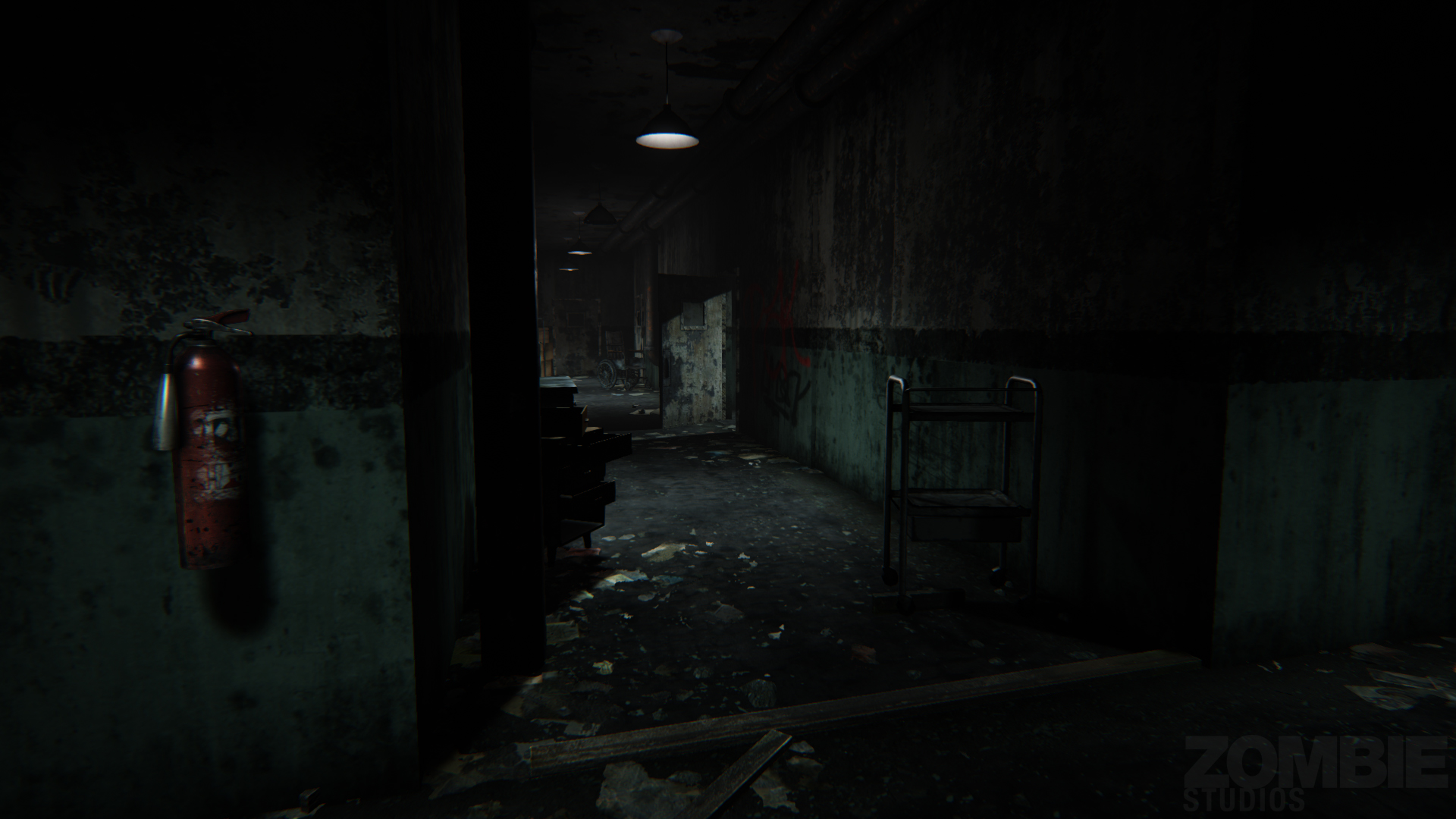Is anybody there?
Daylight was one of my most anticipated games of 2014. With me being a big fan of the horror genre across all mediums (I recently put myself through two weeks of continuous hellish nightmares after reading Stephen King’s Pet Sematary before bed), a procedurally-generated scare-‘em-up seemed like it would be right up my street—or darkened alley with bloodstained cobblestones—if we are to keep with the horror theme.
In a post-Amnesia world, we have seen many PC games attempt to replicate the same formula with the 2012 free downloadable title Slender: The Eight Pages, giving the genre even more steam by making it perfect fodder for YouTubers who realized that there is a huge market for videos of twenty-somethings screaming in fear despite no real danger approaching them. Daylight is a clear attempt on behalf of developer Zombie Studios to court that market, and while it certainly comes equipped with enough jump scares to make for a popular YouTube video or two, they're unfortunately tucked in amongst a bundle of tedious, tiresome padding.
Daylight places you in the shoes of Sarah, voiced by Jessica Chobot, who wakes up in an abandoned hospital with no memory of how she got there. Armed with nothing but her phone and guided by the voice of a strange Vincent Price sound alike, Sarah is essentially tasked with escaping the hospital while also learning more about her surroundings and herself.
The story takes players on an historical journey via the collectable Remnants (notes and letters) that piece together a suitably dark and twisted fantasy. Given that each new Remnant you find adds a new layer to the story and considering the plethora of Remnants you’re tasked with finding, there’s a lot to take in here, but it’s just about the right degree of complexity: It’ll make you think without leaving you feeling alienated. I would’ve preferred the story to have been conveyed in more ways than just text written on pieces of paper littered throughout the environment, but this isn’t exactly a triple-A release so I was still suitably impressed by Daylight’s narrative.
To progress through Daylight, you’re required to pick up the Remnants before grabbing a Stigma (a key that takes the form of a teddy bear, pair of scissors, or another inanimate object) to unlock a door. Occasionally you’ll be tasked with moving some crates to climb across them, but item collecting is the crux of Daylight’s gameplay. In addition to your phone, which provides a minimal amount of light and also displays a map of the area on its screen, you’ll also be able to pick up glowsticks and flares. Glowsticks help point out Remnants around the map and also give endless corridors a creepy green hue, while the flares scare away Shadows, the game’s ghoulish enemies.
My first steps into Daylight were accompanied by a feeling of intense trepidation as the game’s audio design initially did a great job of filling me to the brim with fearful anxiety. Distant screams, bumps, and bangs combined with Sarah’s terrified cries of “Is there anybody there?” and “Oh God, I can hear something…” made me nervous of what was lying around each corner and behind every unopened door, but once I’d learned that Daylight had already showed me all of the tricks it had up its sleeves within its opening moments, I was only unnerved by the frequent jump scares.
Shadows are the game's ghosts, with enemies existing as paranormal manifestations of the hospital’s dead residents. While seeing one running around in the darkness from out of the corner of my eye was unsettling at first, that fear eventually subsided as I began to sprint around labyrinthine environments to amass Remnants and reach objectives. I wasn’t doing all of this in a hurry out of fear that a Shadow would catch up to me—each area of Daylight is so large that sprinting is a necessity if you don’t want to die of boredom before you’re killed by an enemy.
The biggest selling point is the procedurally generated environment, which means that each time you play Daylight you’ll wind up having a different experience. However, the difference in each of these environments doesn’t get much more interesting than the map layout or objectives getting switched around, which essentially results in running around in different directions in each new playthrough. While I wasn’t expecting much more than that, it’s exhaustingly dull traversing through the game’s maze-like corridors to take Item A to Objective B, and this mundane mechanic isn’t improved by Item A and Objective B getting placed in different areas of the map.
The audio eventually suffers due to repetition, with Sarah’s dialogue replayed over and over again to an irritating degree. Initially having her gasp when spotting a Shadow in the distance was an effective way of projecting her fear, but after the hundredth time of her bellowing “Is there anybody there?” I found myself longing for a silent protagonist. This isn’t a slight on Jessica Chobot’s voice-work, as it’s damn effective to begin with, but rather there simply isn't enough variation for the entire game. I’ve read that Miss Chobot wanted to keep the game’s female voice-over to a minimum to “not alienate male players” (because hearing a woman talk would lead to us all sticking our noses up in disgust?), but I would have liked a lot more or none at all.
Daylight is also the first game to be powered by Unreal Engine 4, though the PC version's graphics are hit and miss. The light of your camera phone produces a nice fuzzy effect on your surroundings, as a dim phone light would, and the flares and glowsticks realistically bounce off the game’s textures in all the right places. However, I also frequently stumbled across frame-rate issues, with Daylight sometimes grinding to a halt for a few seconds for no discernible reason. I’m in possession of a relatively pricey rig, so when a game under-performs graphically I find it incredibly frustrating.
What’s also frustrating is that Zombie Studios has lazily implemented controller support, with the analog sticks controlling Sarah’s movement, though the sensitivity cannot be altered and the camera is cripplingly slow to move around at its default setting. But none of the on-screen prompts change to reflect that you’re playing with a controller. Considering that this isn’t a game that’s exclusively releasing on PC, including functional controller support should’ve been a no-brainer.
Daylight’s over-reliance on jump scares is indicative of its lazy design. Aside from the story, none of its ideas have been fleshed out enough to make it anything more than passable. The procedurally generated map simply shifts the environment and objectives around without adding anything new to the formula, the frame-rate frequently stutters, and audio repeats itself until you're driven to near-madness. There’s a great idea here buried beneath an array of poorly-implemented mechanics and it was that idea that I was at first keen to experience. But in the end, my time with Daylight mirrored that of being stuck in a real maze: I was bored and I just wanted to get out.
-
Nothing but jump scares
-
Procedurally-generated environment doesn't add much to the game
-
Boring, repeated objectives
-
Frame-rate drops on PC
-
Poorly-implemented controller support on PC
-
Interesting story
-
Audio is great but repeated far too frequently
Daylight
-
Daylight #1
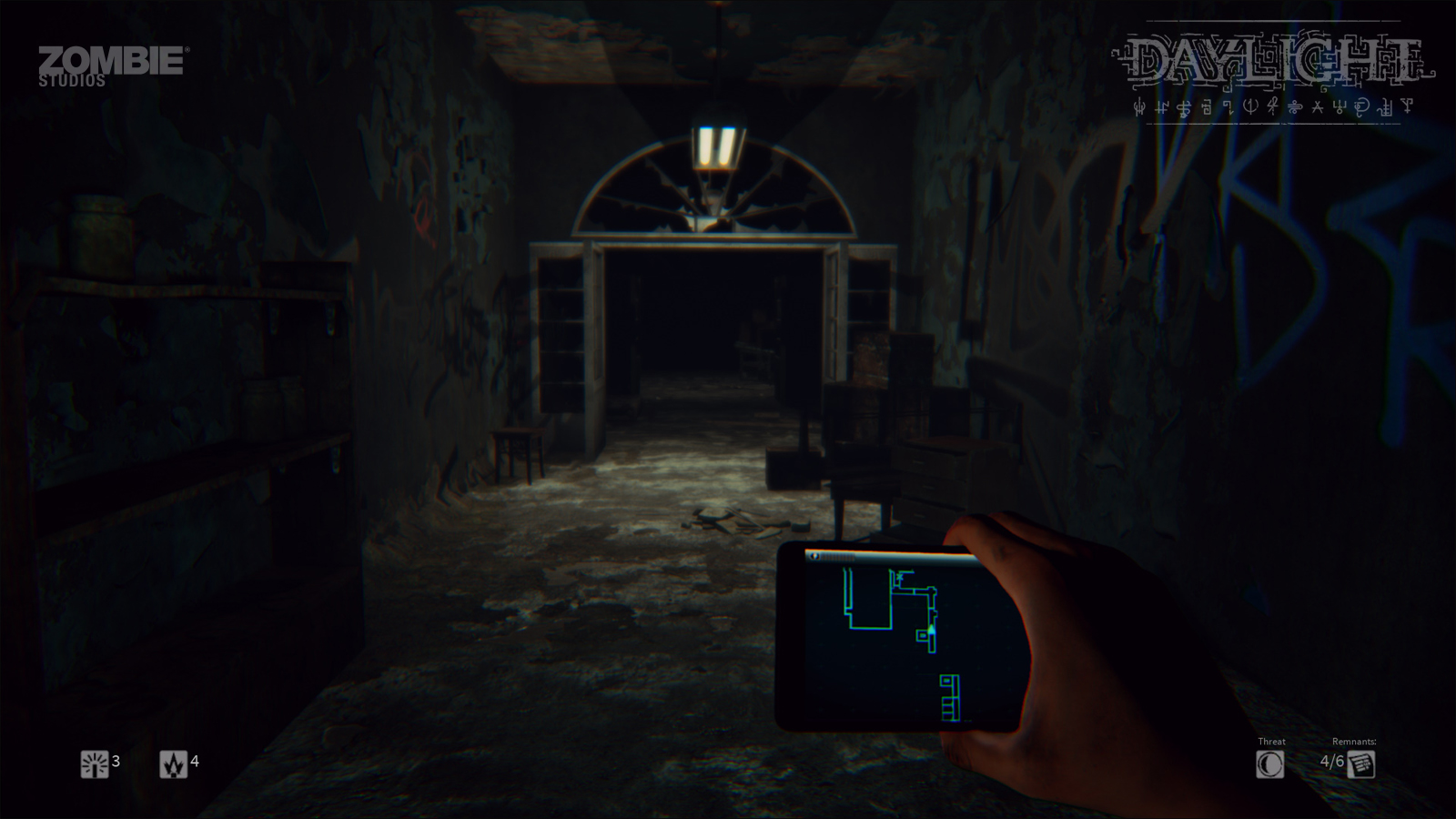
-
Daylight #2
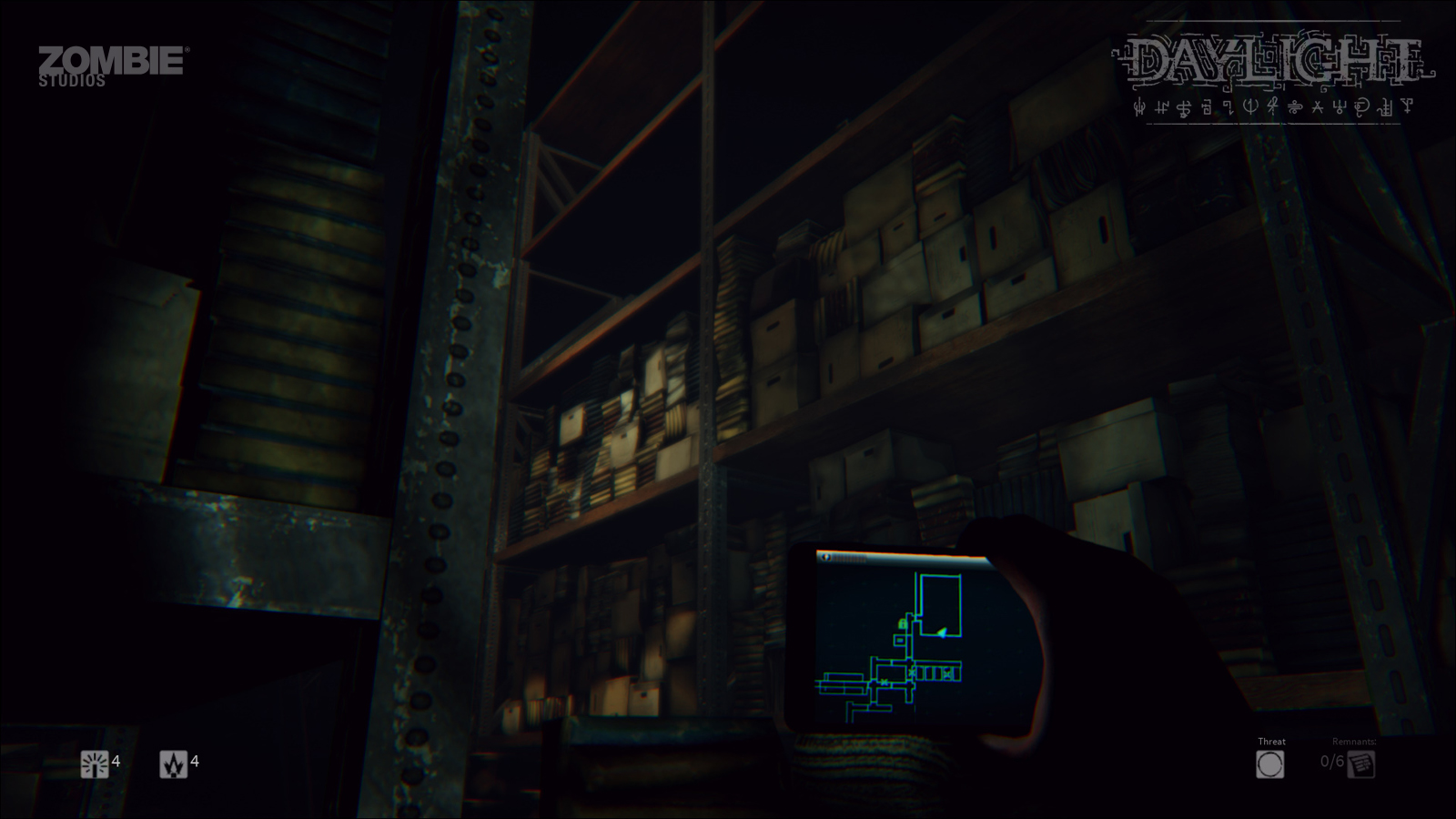
-
Daylight #3
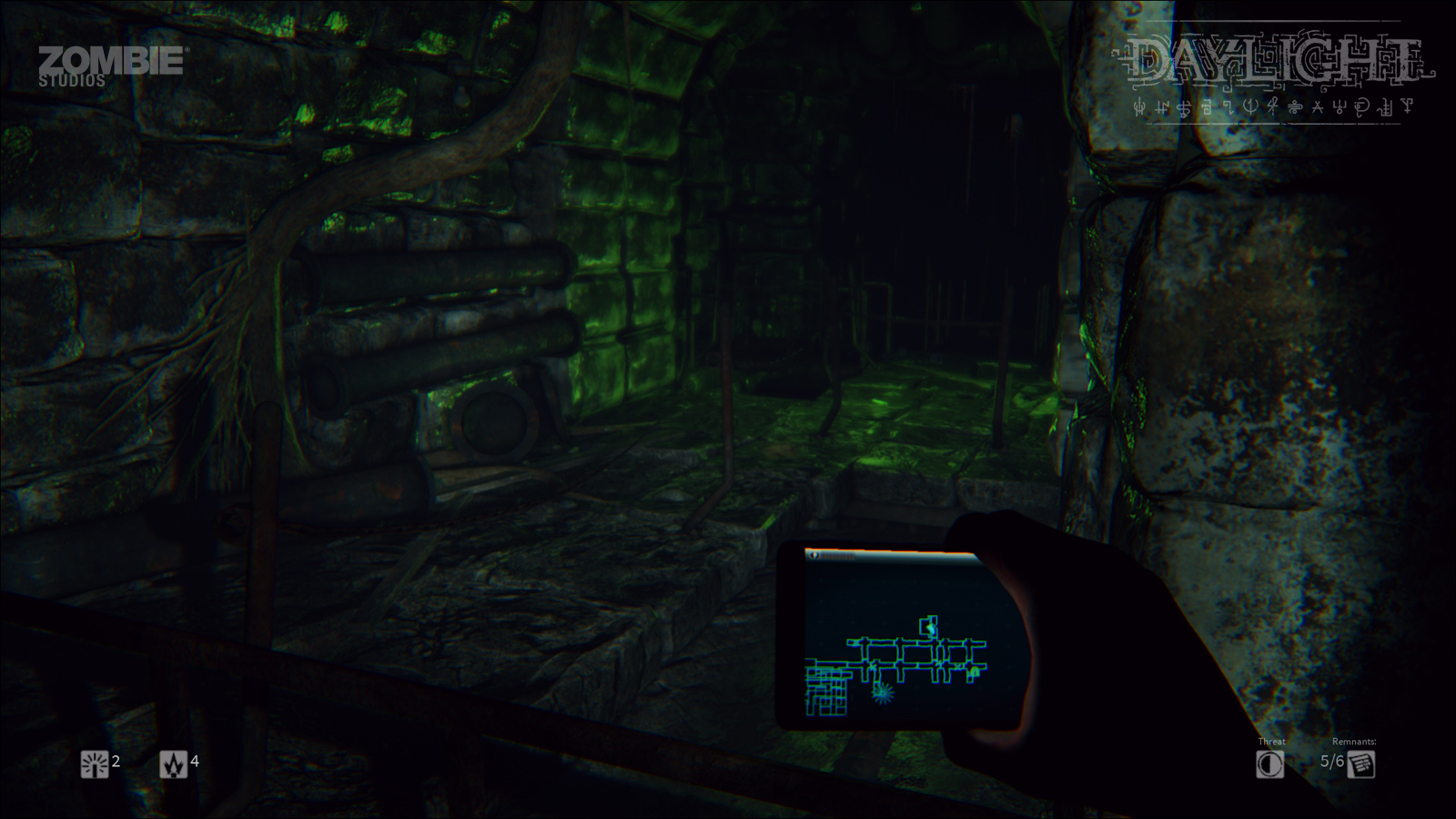
-
Daylight #4
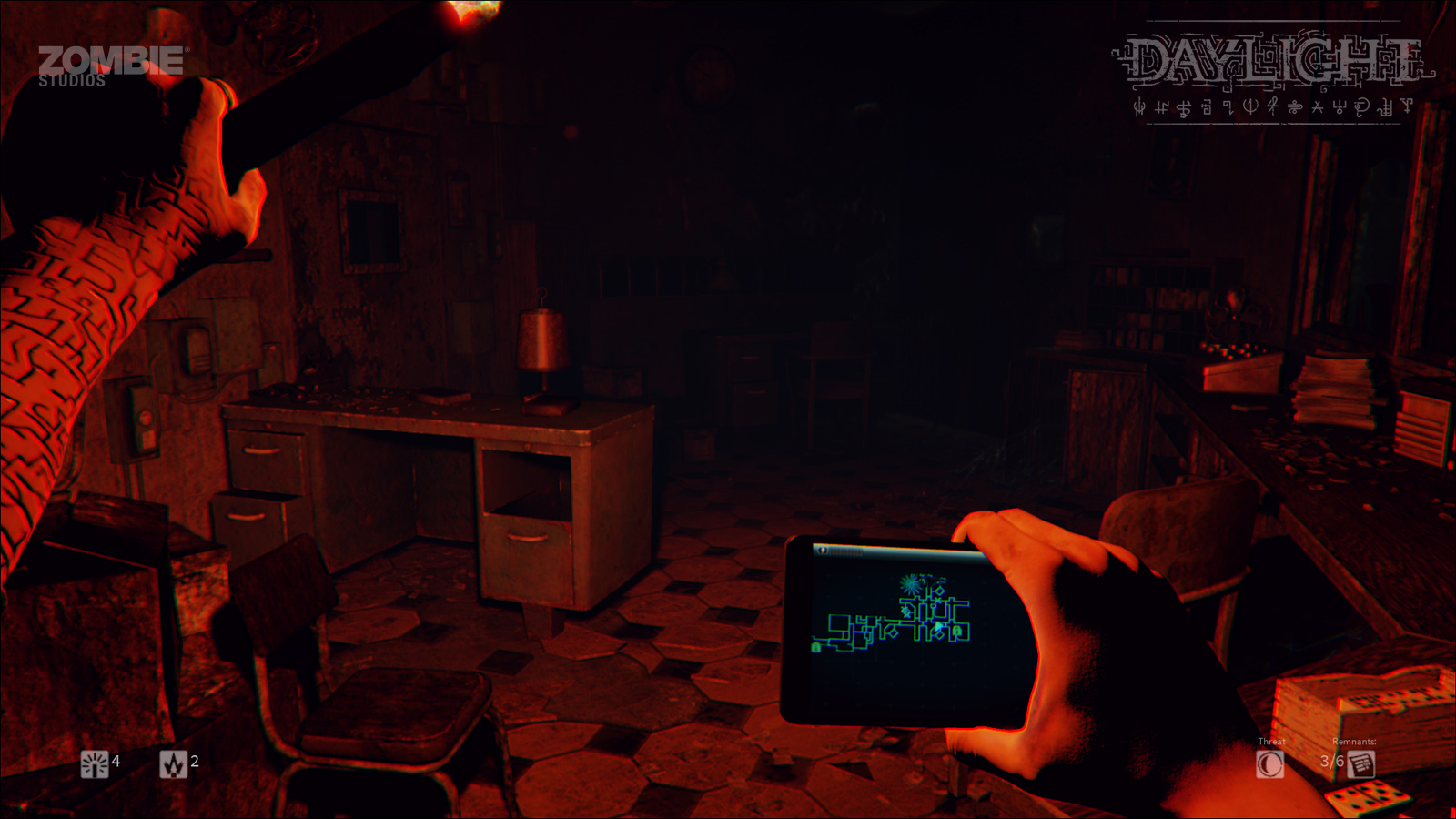
-
Daylight #5
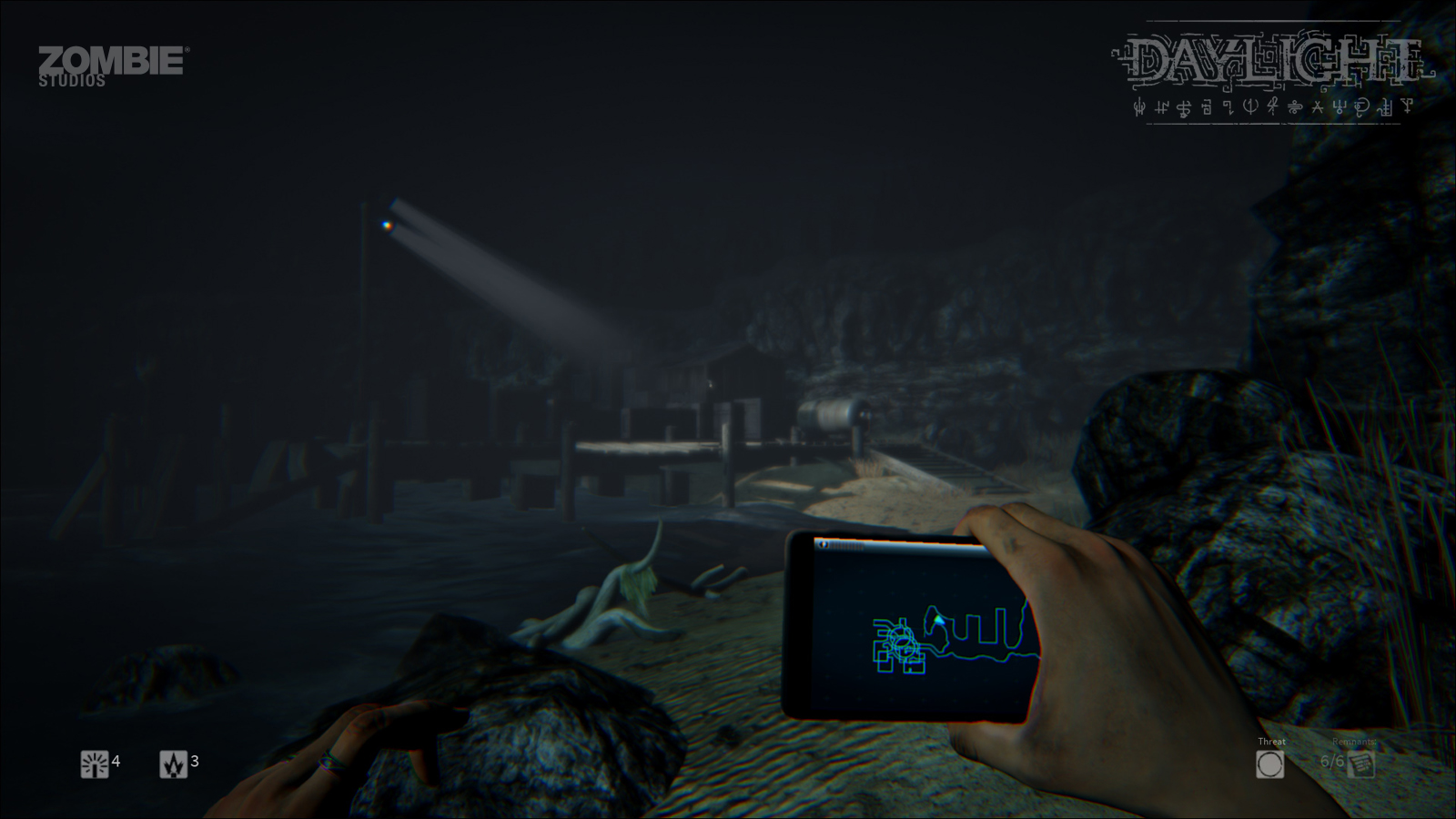
-
Daylight #6
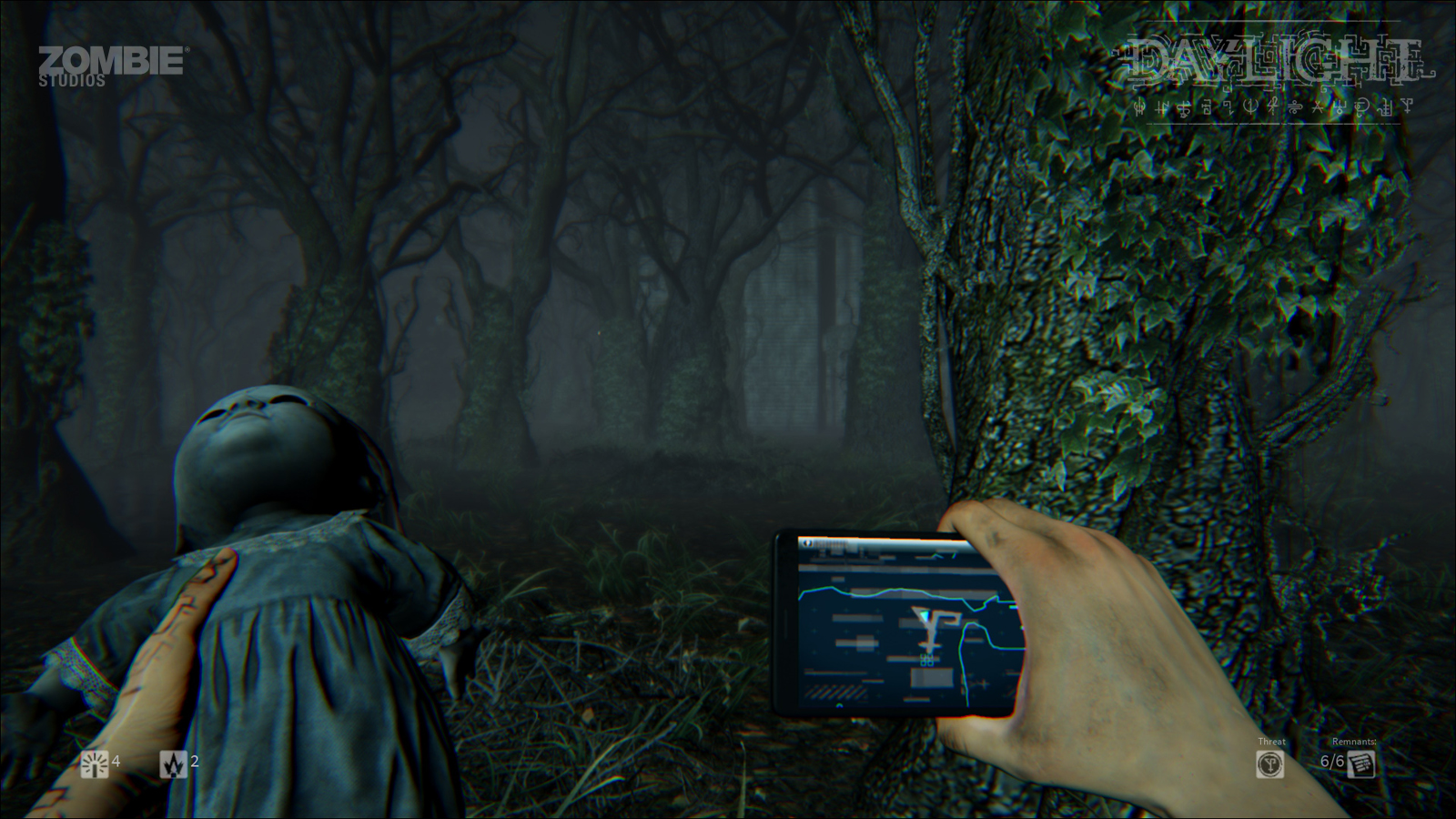
-
Daylight #7
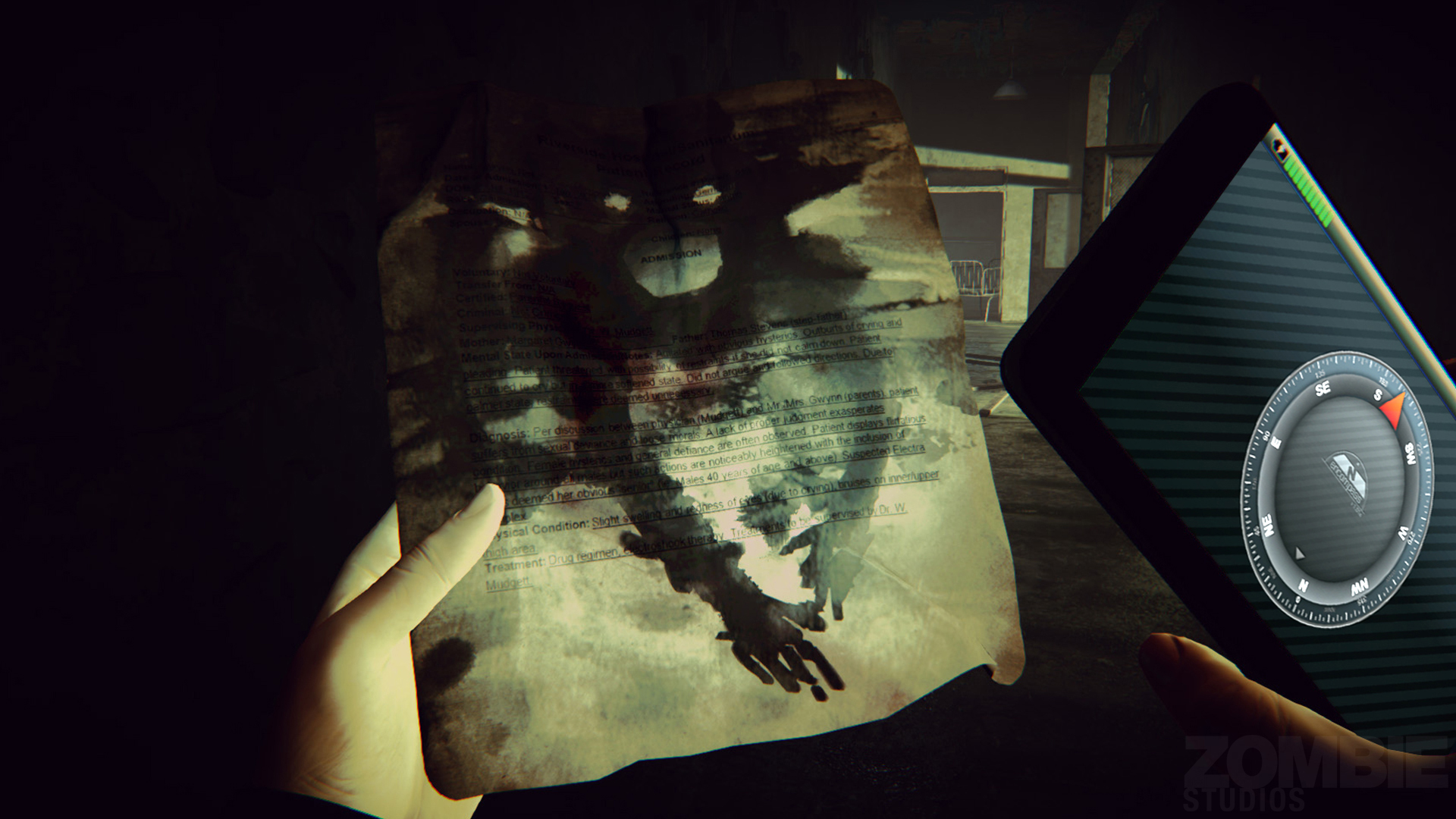
-
Daylight #8

-
Daylight #9
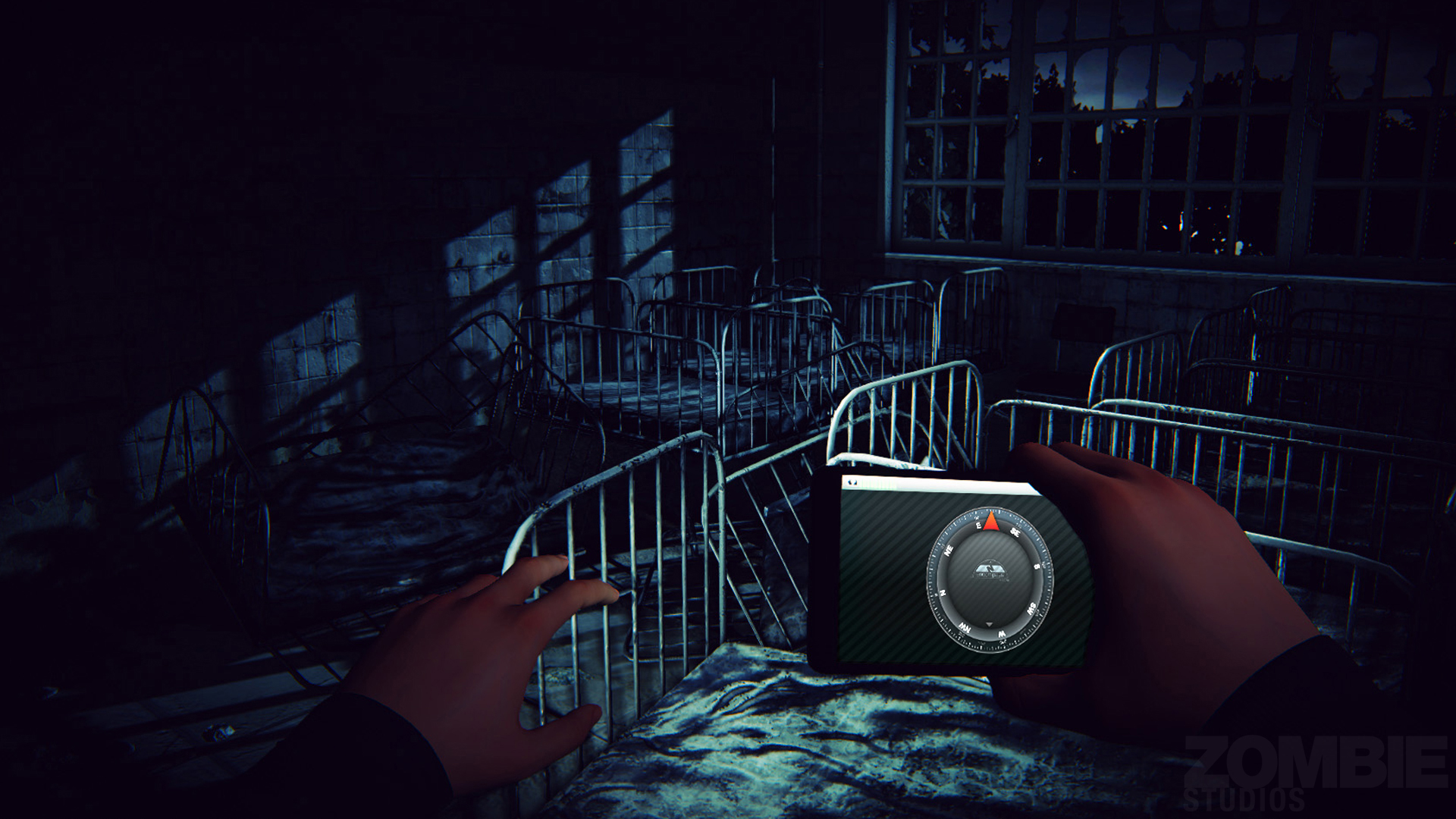
-
Daylight #10
